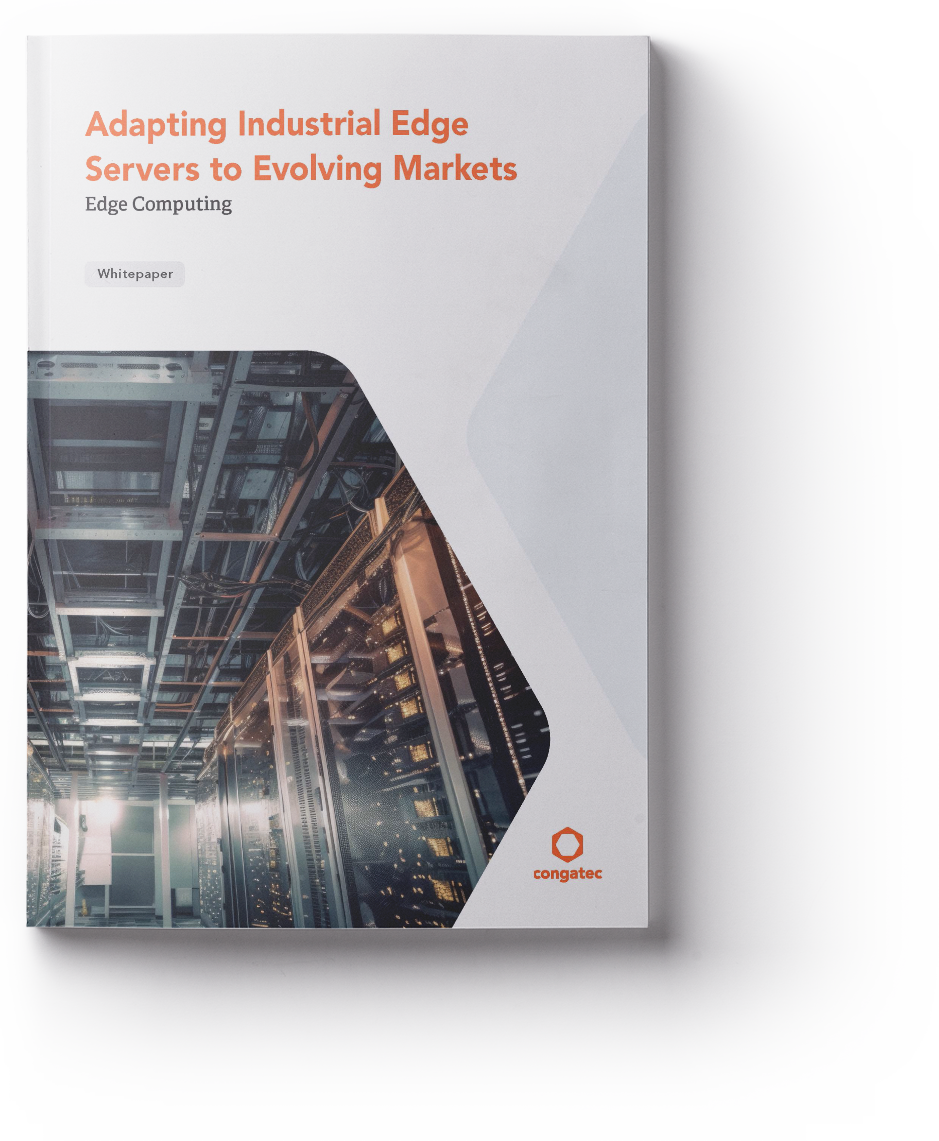No Need to Worry
Since I started dealing with the topic of edge servers, I have become more sensitive to reports related to cybersecurity. And I have to say that the situation is tense and the threats are constantly multiplying. Here are just a few examples: In 2022, 380,000 new virus variants were detected every day. Cyberattacks on industrial operations and critical infrastructure grew by a mind-boggling 140% in 2022. At the same time, attacks that cannot be fended off can lead to immense risks and financial losses.
Security, Security, Security
For example, the downtime after a ransomware attack is approx. 136 business hours. This corresponds to 17 workdays at 8 hours per day. It is only natural, then, that security is becoming the most important criterion at all levels. Especially for critical infrastructures. This makes IoT both a curse and a blessing, because the IoT connection naturally creates completely new attack vectors that must be countered on site, in harsh environments.
Of course, the exact way in which a company implements its individual cybersecurity strategy cannot be definitively specified, but it does have to work. And for this, powerful security edge servers are needed on site. However, these “watchdogs” must be kept in a completely different way than conventional servers in air-conditioned data centers are. You can’t afford downtime.
Minimize the Risk of Downtime
But the risk of downtime lurks everywhere. Even if it occurs just once, downtime can seriously jeopardize an industrial company’s existence. Therefore, reliability in harsh environments is important for cybersecurity, and this also requires a physically safe mechanical design. From rugged housings with thick cooling fins for passive heat pipe cooling so you can hermetically seal servers to prevent dust and moisture ingress without using active ventilation to shock- and vibration-optimized connectors and threaded fittings: there are many things that you have to consider if you want to operate powerful server technology safely outside a protected data center. In addition to a robust design, further safety-related characteristics such as 24/7 availability for more than 10 years for use in the most demanding conditions or continuous operational reliability should be mentioned.
Build on What’s Good and Make Use of Standards
One approach for efficiently meeting these requirements is to use modular designs based on open server-in-module standards such as COM-HPC Server. These new modules build on established standards and products, such as the new Intel Xeon D 2800 processors. As a result, they offer powerful cybersecurity functions such as Intel Boot Guard and Intel Total Memory Encryption, which significantly improve the level of security. Intel Boot Guard ensures that only trusted firmware is started, whereas Total Memory Encryption protects the entire main memory from unauthorized access. These processors also provide high computing power and energy efficiency, ideal for edge computing environments in which fast real-time data analysis with advanced encryption is required. With Intel Software Guard Extensions (SGX), the protection of sensitive data is further improved. In addition, there is already an immense ecosystem of accompanying services, software, and developer support for it.
Adapting industrial edge servers to evolving markets
Data processing is surging in sectors like manufacturing, energy, and smart cities, creating a booming market for edge servers. According to Global Market Insights, this will create a $29 billion opportunity for near- and far-edge computing solutions by 2025 — learn how to ride this growth curve in our whitepaper.

The modular concept also offers a “Next Gen Refit” strategy that enables seamless upgrades for rapid technological development with new security functions. If you need more performance or new, processor-integrated security features, you just have to change the module. The rest of the hardware can be used as is. Even with completely closed systems.
For more details, take a look at my paper “Ensuring Cybersecurity at the Industrial Edge.”



